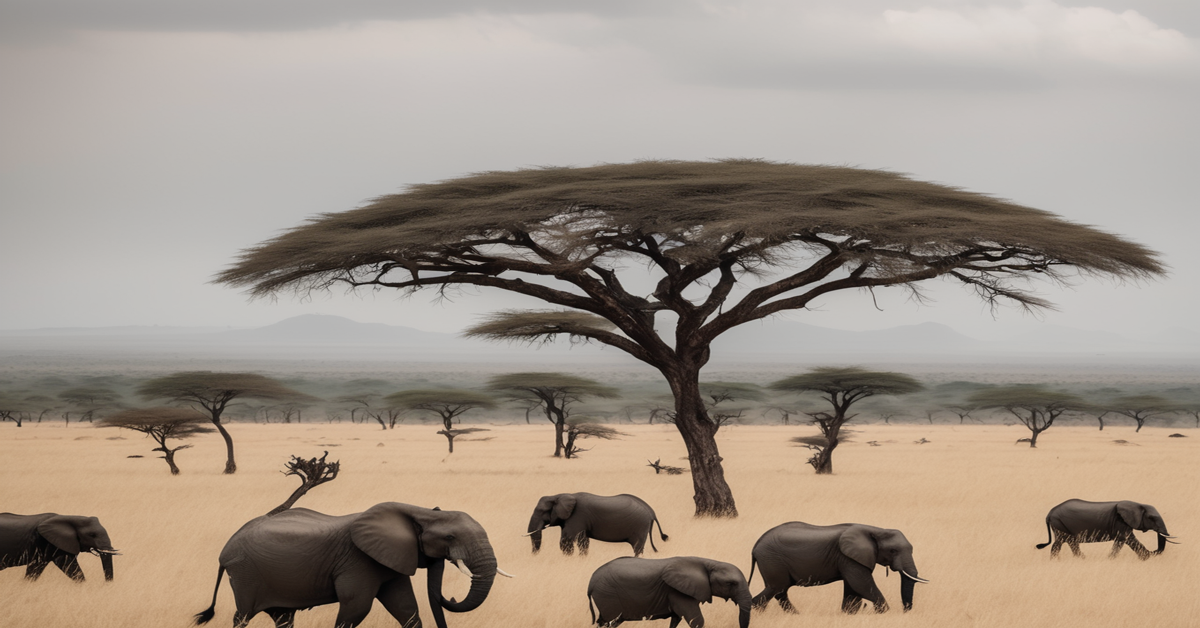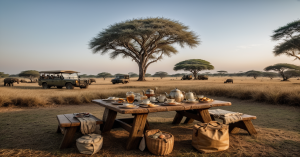Safaris are a wonderful opportunity to revive your Guests’ senses and get them smelling, touching, seeing, tasting and hearing as often as possible.
When driving during a quiet time you need to be thinking about the five senses. Think of things that Guests can taste, touch, smell, hear and obviously see. There are wonderful activities that Guests can experience when the big game is sparse.
Importance of satisfying clients’ Five Sense
- Enhanced Experience: The more a Guest can have their senses stimulated, the more they will be able to understand, interact and remember. Engaging all senses creates a holistic and memorable safari experience. Clients connect more deeply with nature, wildlife, and the environment. The visual, auditory, olfactory, taste, and tactile sensations combine to form lasting impressions.
- Emotional Impact: Sensory stimuli evoke emotions. The rustling leaves, lion roars, or fragrant blossoms trigger joy, awe, or excitement. Positive emotions lead to client satisfaction, repeat visits, and word-of-mouth recommendations.
- Brand Differentiation: Satisfying senses sets a safari provider apart. Clients remember the unique sensory experiences associated with a particular company. Brands that prioritize sensory delight build loyalty and stand out in a competitive market.
- Memory Formation: Our brains link sensory input to long-term memory. Clients recall vivid moments—the lion’s gaze, the scent of acacia, or the feel of warm sand. These memories become stories they share with others.
- Decision Making: Sensory cues influence consumer choices. A visually stunning sunset or the taste of local cuisine impacts decisions. Satisfied senses lead to positive reviews and business growth.
How to satisfy clients’ five Senses
Let’s delve into how to satisfy clients’ five senses by examining each sense
1. Sight senses
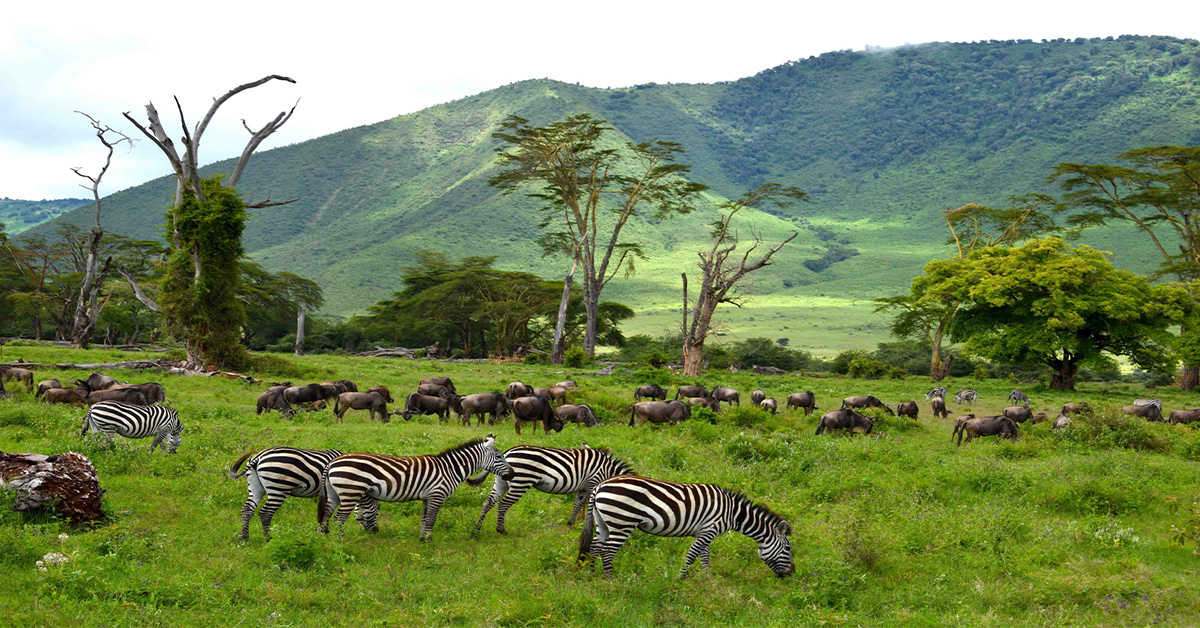
When it comes to satisfying clients’ sight senses during a game drive, safari guides play a pivotal role in creating an immersive and memorable experience. Here are some strategies to enhance visual delight:
- Wildlife Spotting:
- Positioning: Guides should skillfully position the safari vehicle to maximize wildlife sightings. This includes ensuring unobstructed views and capturing animals in their natural habitat.
- Patience: Encourage clients to be patient and observant. Sometimes, waiting quietly can lead to remarkable sightings.
- Scenic Views:
- Vantage Points: Take clients to elevated spots or viewpoints. Sunrise and sunset locations offer breathtaking panoramas.
- Photography Opportunities: Highlight photogenic landscapes, silhouettes, and unique lighting conditions.
- Animal Behavior:
- Educate: Share insights about animal behavior. Explain mating rituals, territorial displays, and predator-prey interactions.
- Predator Tracking: Follow tracks and signs to anticipate predator activity. Observing a lioness stalking her prey or a leopard in a tree can be captivating.
- Birdwatching:
- Avian Diversity: Point out various bird species. From colorful kingfishers to majestic eagles, birdwatching adds richness to the safari.
- Binoculars: Provide high-quality binoculars for clients to appreciate distant birds and details.
- Landscape Appreciation:
- Geological Features: Discuss the formation of mountains, valleys, and rock formations. Explain how ancient forces shaped the landscape.
- Flora: Highlight unique trees, shrubs, and flowering plants. The contrast of green against the savannah or desert is visually striking.
- Silhouettes and Reflections:
- Golden Hours: Early mornings and late afternoons offer soft light for stunning silhouettes. Animals against the rising or setting sun create magical moments.
- Water Reflections: Encourage clients to appreciate reflections in waterholes or rivers. Elephants drinking or hippos submerged make captivating scenes.
2. Sound senses
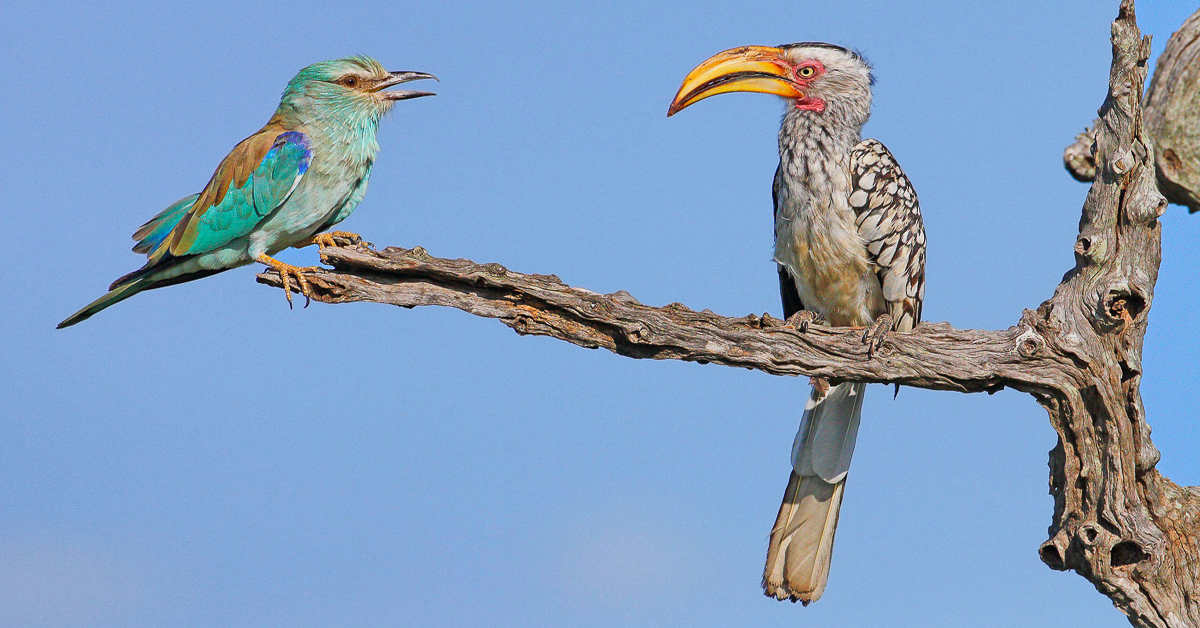
Here are some strategies for engaging clients’ auditory perception:
- Wildlife Sounds:
- Identify Calls: Train your ears to recognize animal calls—lions roaring, birds singing, or hyenas laughing. Share these sounds with your clients.
- Storytelling: Narrate fascinating stories related to animal vocalizations. Explain mating calls, territorial disputes, and communication within species.
- Silence Appreciation:
- Pause Moments: Encourage clients to appreciate silence. Turn off the engine and listen to the natural sounds—the wind rustling leaves, distant water flowing, or insects buzzing.
- Predator Stealth: When tracking predators, emphasize the importance of silence. The anticipation of hearing a leopard’s soft footsteps adds thrill.
- Birdwatching:
- Avian Symphony: Birds contribute to the auditory landscape. Point out different bird species and their unique calls. From lilac-breasted rollers to fish eagles, each has its melody.
- Dawn Chorus: Early morning drives offer a magical chorus of birdcalls. Describe the cacophony as the bush awakens.
- Night Drives:
- Nocturnal Sounds: Night safaris introduce a different auditory dimension. Listen for owls hooting, nocturnal mammals scurrying, and frogs croaking.
- Cultural Sounds:
- Local Music: If near a village, share traditional music or drumming. Discuss its significance in local culture.
- Campfire Stories: Gather around the campfire at night. The crackling flames and storytelling create a multisensory experience.
3. Touch senses
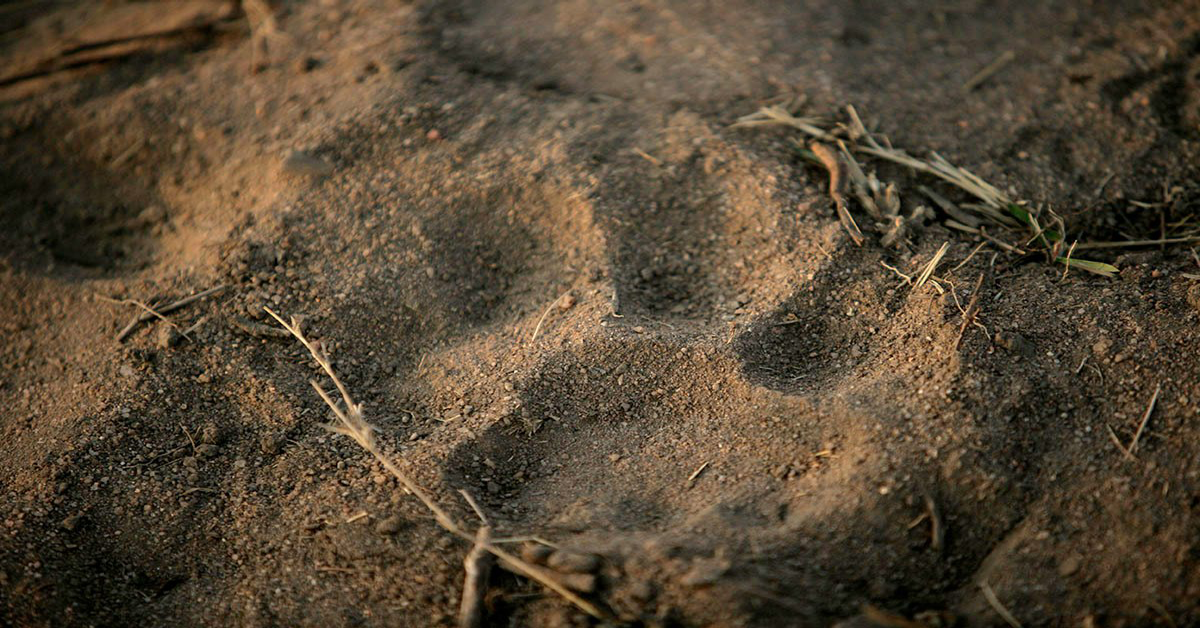
Here are some tips to satisfy your clients’ touch senses:
- Texture Exploration:
- Encourage clients to feel the natural textures around them. Invite them to touch tree bark, leaves, and rocks. Explain the significance of different surfaces.
- Animal Tracking:
- Teach clients how to read animal footprints and signs. Show them the imprints left by lions, zebras, or antelopes.
- Allow them to touch the earth and feel the story it tells—the passage of animals and the rhythm of life.
- Bush Cuisine:
- During breaks, introduce clients to local flavors. Share indigenous fruits, nuts, or edible plants.
- Discuss the taste and texture of wild berries or the crunchiness of roasted insects (if culturally appropriate).
- Campfire Moments:
- Gather around the campfire at night. The warmth of the flames, the crackling sound, and the smell of wood evoke a multisensory experience.
- Roast marshmallows or share stories while feeling the heat on their skin.
- Natural Materials:
- If you encounter traditional Maasai or Hadzabe tribespeople, showcase their handmade crafts. Let clients touch beaded jewelry, woven baskets, or wooden carvings.
- Explain the cultural significance of these items.
4. Taste senses
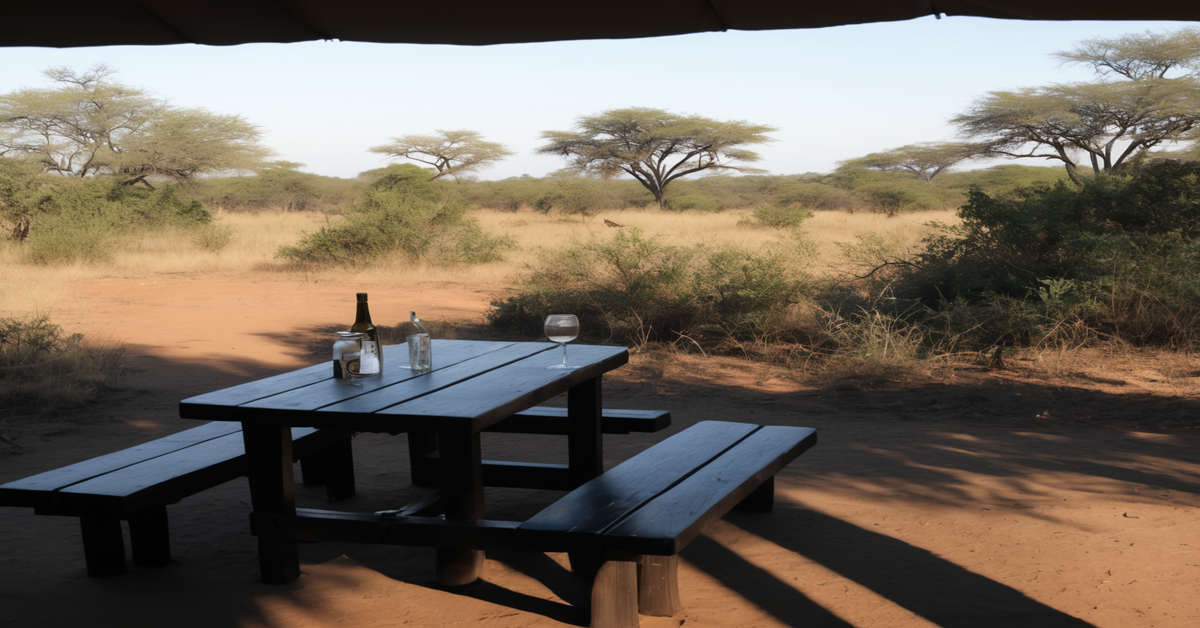
While taste isn’t the primary sense engaged during a safari, there are ways to incorporate it subtly:
- Bush Picnics:
- Arrange a scenic picnic spot during the game drive.
- Offer local fruits, nuts, and snacks. Let guests savor the flavors while surrounded by nature.
- Sundowners:
- Evening drives often include a stop for sundowners.
- Serve refreshing beverages like herbal teas, freshly squeezed juices, or local drinks.
- The taste combined with the sunset view creates a memorable moment.
- Cultural Cuisine:
- If your safari includes interactions with local communities, explore traditional dishes.
- Share stories about the ingredients and preparation methods.
- Guests can appreciate the taste and cultural context.
- Wild Edibles:
- Point out edible plants and herbs.
- Explain how locals use them for food or medicinal purposes.
- Caution guests to avoid tasting anything without guidance.
5. Smell senses
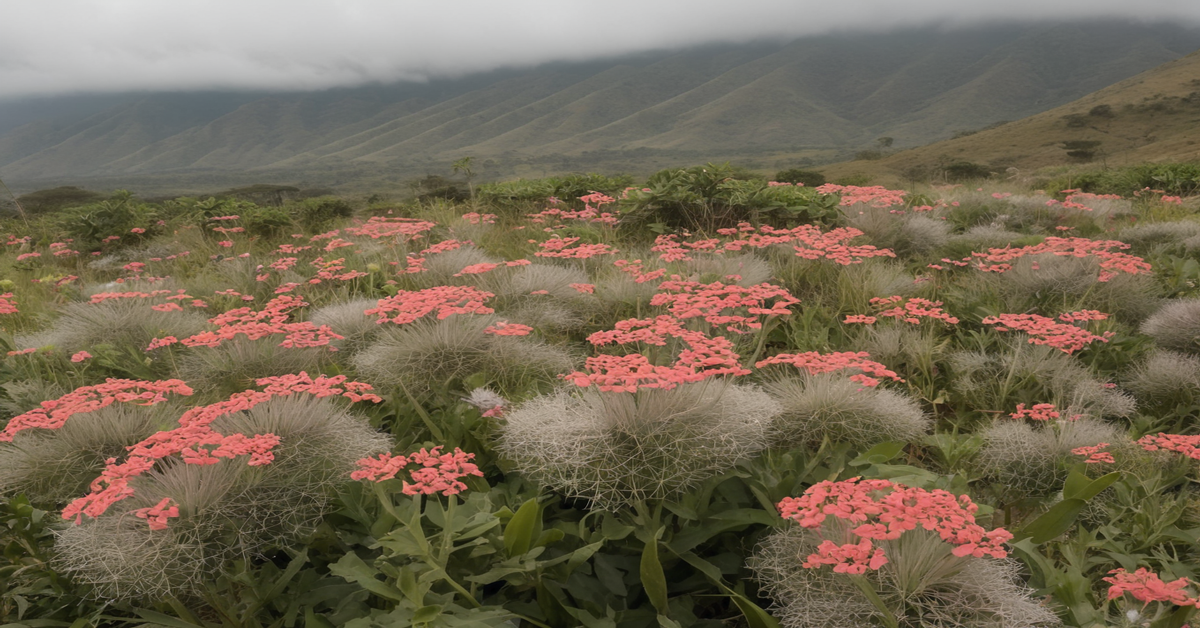
Here are some tips to satisfy their smell senses:
- Natural Scents:
- Open the Windows: Allow the fresh, untamed scents of the African bush to waft into the vehicle. The smell of grass, earth, and wildflowers can be invigorating.
- Pause Near Blooms: When you encounter flowering plants, stop for a moment. The fragrances of wildflowers, acacias, and other blossoms can be delightful.
- Bush Aromas:
- Dust and Soil: The earthy scent of dry soil and dust is part of the safari experience. Embrace it!
- Sage and Wild Herbs: Some regions have aromatic wild herbs like sage. Encourage clients to take a deep breath and savor these natural scents.
- Animal Odors:
- Predator Markings: Lions, leopards, and other predators leave scent markings. Explain how these pheromones communicate territorial boundaries.
- Elephant Musk: Elephants emit a distinct musky odor. Share interesting facts about their scent glands.
- Campfire Aromas:
- Sundowners: During evening drives, stop for sundowners. The smell of a crackling campfire and toasted marshmallows adds to the experience.
- Bush Dinners: If your lodge offers bush dinners, the aroma of grilled meats and spices will delight guests.
Remember, a great safari guide not only imparts knowledge but also fosters a deep appreciation for the wilderness. By engaging all five senses, they create a holistic safari experience that resonates with clients long after they return home.

